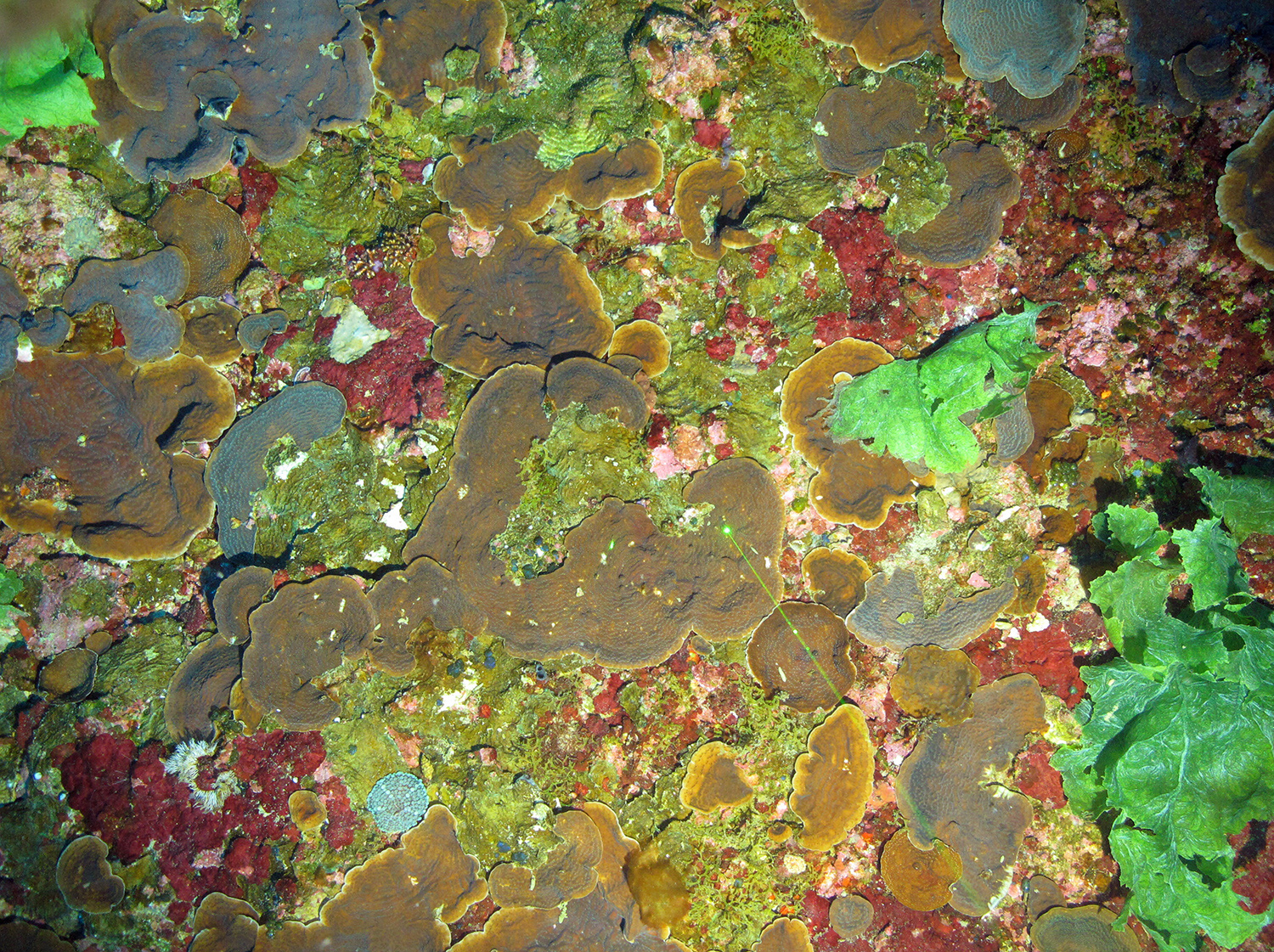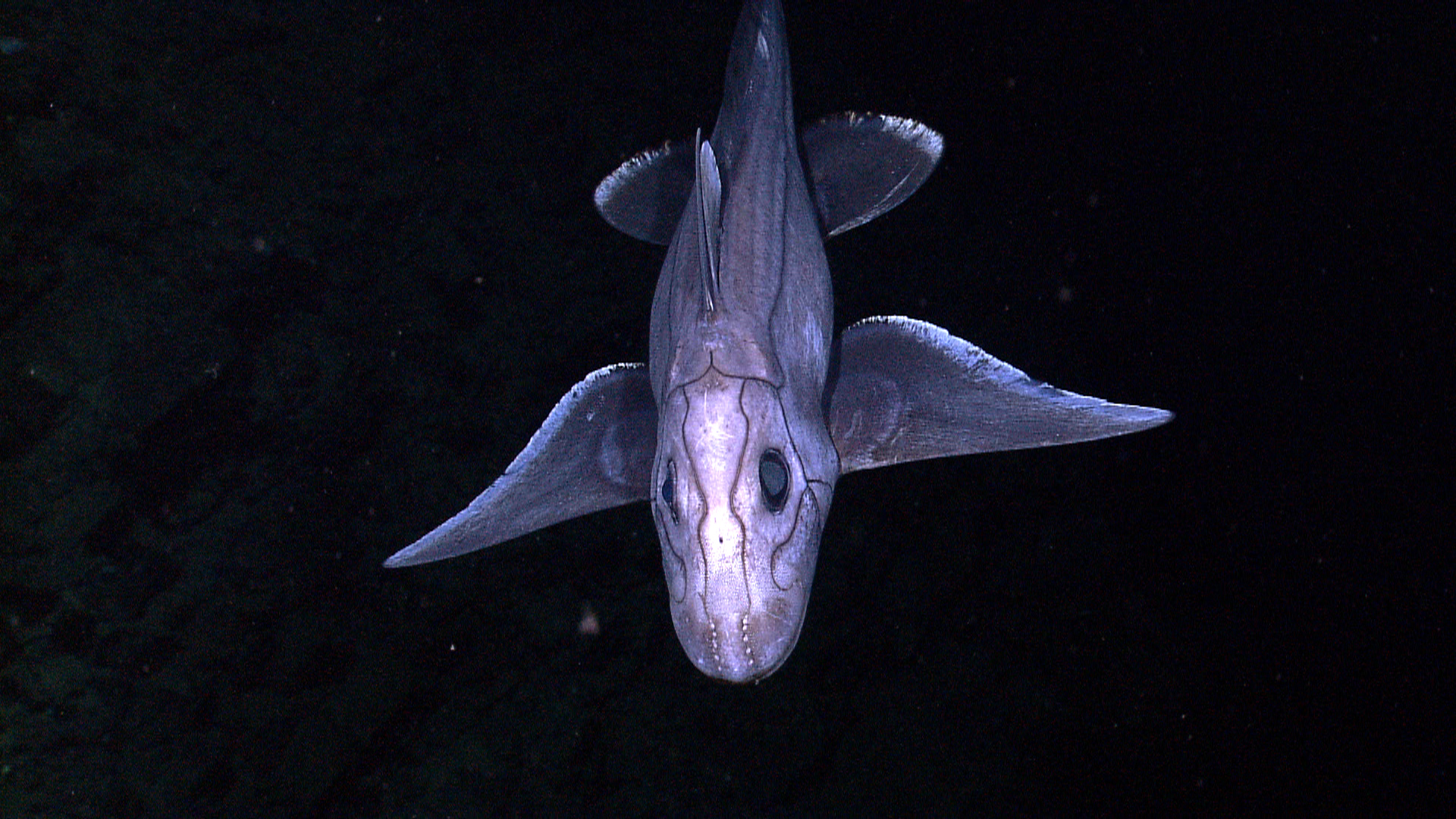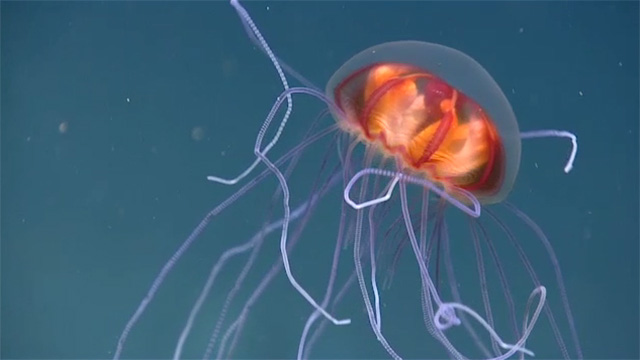Floating detritus is giving new insights into deep-sea corals
Environmental DNA is a less invasive way to solve long-submerged mysteries
Ocean creatures are constantly releasing material into the environment, shedding off old skin cells or pooping out their last meal. All of these dirty bits of tissue contain traces of that organism’s DNA – the unique genetic coding that distinguishes species from one another. Scientists call these floating bits of genetic material "environmental DNA," or eDNA for short. Over the past decade, scientists have been finding new ways to collect eDNA and use it to identify species living in a variety of areas, from lakes and rivers to coastal wetlands, much like using the saliva found at a crime scene to catch a criminal.
Now, scientists are starting to use eDNA to unravel mysteries about the species that live in the cold, dark realm of the deep sea.
Deep-ocean environments sit more than 200m (656 feet) below the ocean surface, far below the depths humans can safely explore without the help of submersibles or unmanned, remotely operated vehicles (ROVs). Due to the difficulties of using these expensive vehicles, many deep-sea habitats are poorly studied and are not well understood. In fact, we have studied more of the moon than we have the bottom of our own ocean.

Dumbo octopus
The lack of information is particularly true for deep-sea coral (also called "cold-water coral") communities, productive habitats that act as hot-spots of biodiversity compared to the rather barren surrounding environments. Unlike shallow water species, deep-sea corals do not require sunlight to survive. Most are extremely slow-growing and can live for thousands of years — the oldest colony is estimated to be 4,265 years old. Scientists are increasingly discovering more information about these deep-sea corals, and have even found over 100 new species in the past 10 years.
Deep-sea corals provide important food and habitat for many deep-sea organisms, including commercially important fishes, shrimps, and crabs. But these corals face numerous threats, such as damage from deep-sea fishing, mining, drilling, and climate change.
Skimming the deep
To date, scientists have relied on videos or images they get from ROVs (or other types of vehicles) to determine which coral species are in an area. But there are a few issues with this method: First, these surveys are expensive to conduct and, due to vehicle limitations, can only survey small swaths of the ocean floor in a given time. The larger problem, however, is that corals are tricky to identify from images alone. To combat this issue, scientists will often collect individual specimens of corals, taking them back to the lab, and extracting DNA to determine the exact species — a limiting and time-consuming process that can damage some very fragile, and often times very old, animals.
Marine biologists Meredith Everett and Linda Park of the National Oceanic and Atmospheric Administration (NOAA) worked in concert with the Ocean Exploration Trust to test whether eDNA extracted from deep-ocean water samples could be used successfully to identify and measure the abundance of deep-sea coral species.

Coral plates
They started by surveying deep-sea coral habitats off the coast of California. The scientists used an ROV to take video surveys of coral communities and to collect water samples in areas near groups of deep-water corals. By capturing some of the water near coral colonies, the researchers hoped they could capture floating eDNA shed by the corals in the area. In some areas, small pieces of coral colonies were collected and brought back to the surface along with the water samples to help scientists identify species.
Everett and Park had to first see if any DNA (coral or not) had been collected in their water samples. After finding pieces of DNA in the water, they had to determine if any of it was actually from the corals they were hoping to analyze. In order to do this, the scientists had to target specific regions in the DNA that would be unique to the group of corals they were interested in studying. Because scientists have never analyzed the eDNA of deep-sea corals before, Everett and Park had to find a way to target the DNA of a range of coral species without also targeting other organisms, like fish or bacteria, that may have left DNA in the water samples as well.
eDNA discoveries
The team of scientists was able to find a unique region within the DNA that allowed them to find just the coral DNA they were interested in. They could then copy the DNA fragments, read them, and compare them to the genetic sequences of known species to see just what types of coral DNA they had collected.

Avoid the chimaera
After verifying their eDNA technique was capable of picking up coral DNA, Everrett and Park had to compare their technique to currently-used survey methods: visual surveys and collecting coral specimens. They found that eDNA actually worked better than visual surveys in identifying coral types. In many cases, the researchers could only identify the coral to a generic grouping rather than to a species-specific level as the eDNA could. The eDNA also successfully identified corals that were not visible in the camera footage, such as some burrowing sea pens that were covered in sediment and not seen during the ROV survey. The eDNA also identified coral species known to be found in the area, thereby stacking up to the specimen-collection survey method.
The scientists even found one species of coral that has never been identified in the region – possibly suggesting that the species has a much larger range than scientists previously thought.
There are still questions about this research method. In some cases, corals visible in the ROV footage were not identified in the eDNA samples, possibly because the rare species in an area may be masked by more common species shedding more DNA into the water. Another problem is that water in the oceans is constantly moving and, as it does so, it carries those floating bits of DNA with it. It is not well known just how far eDNA can travel or for how long it can persist within the deep sea before it breaks down.

The researchers are working on ways to ensure that the samples they collect in one area do not pick up DNA from corals in other areas, specimens that may have been collected by the ROV in other locations, or from previously processed specimens that may have left traces of their DNA on the ROV or in the laboratories.
Even with these limitations, being able to use eDNA has the potential to revolutionize how scientists assess species of deep-water corals. And by better understanding the composition of these critical deep-sea habitats, scientists will be able to gather important base-line measurements needed to make conservation decisions. They may even be able to uncover the ranges of different coral species and discover new species.






I’d never thought about it before, but trying to get a sense of the community ecology of underwater ecosystems must be extremely hard and time-consuming. One thing that confused me was the discussion about finding a specific region within the eDNA to amplify in order to just get back deep-sea coral DNA. Had they never amplified DNA from deep sea corals at all? If they had, wouldn’t those primers be available? If not, does that mean that a given species of coral can grow both in shallow water and in deep sea environments (if so, that’s super cool!) Either way, cool study with a big potential for discovering new species.